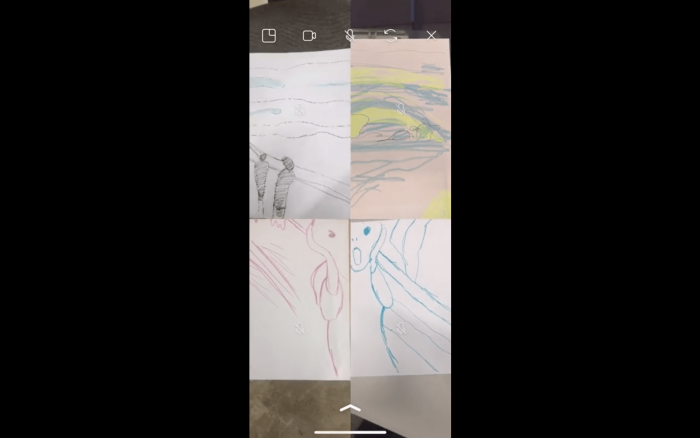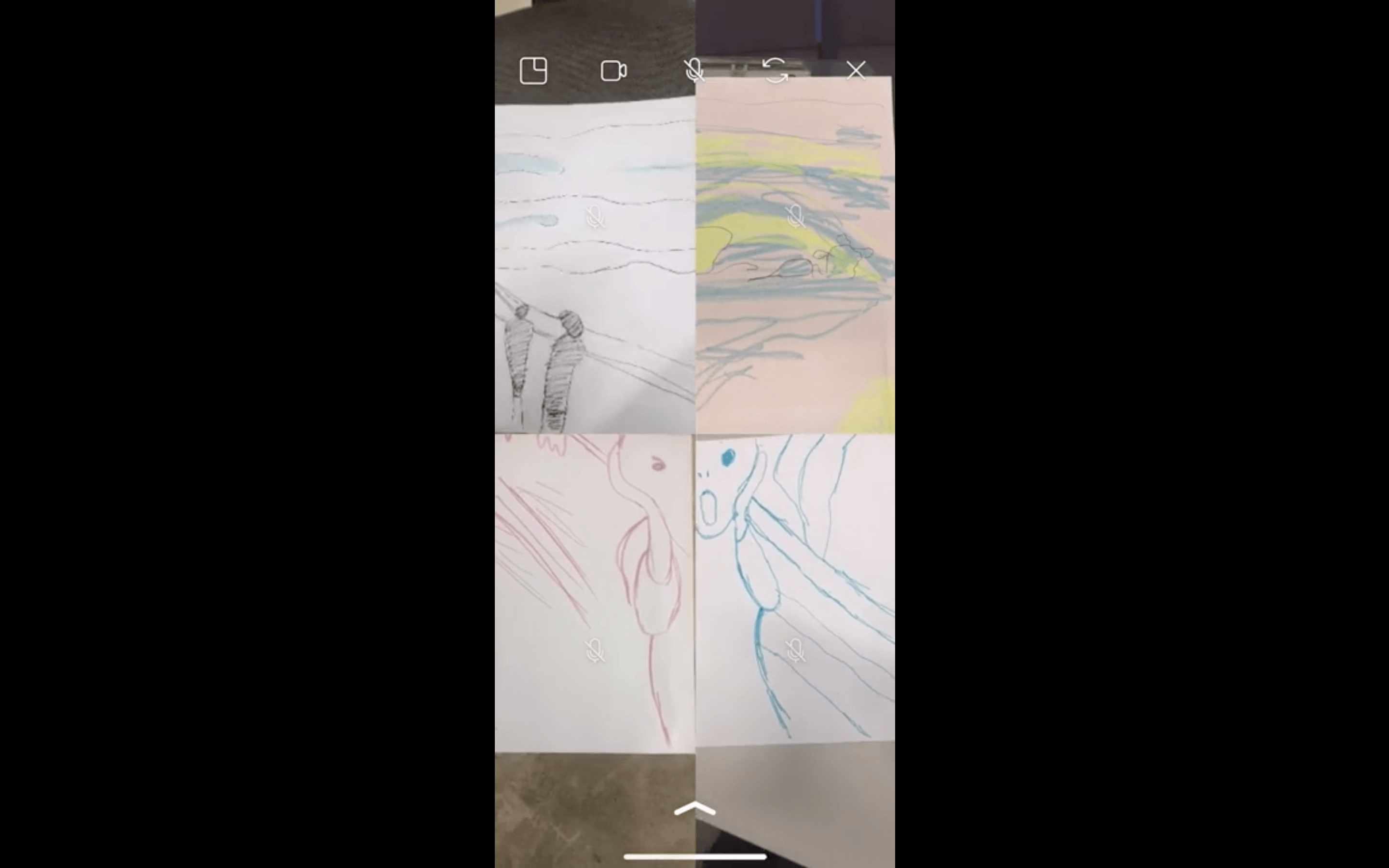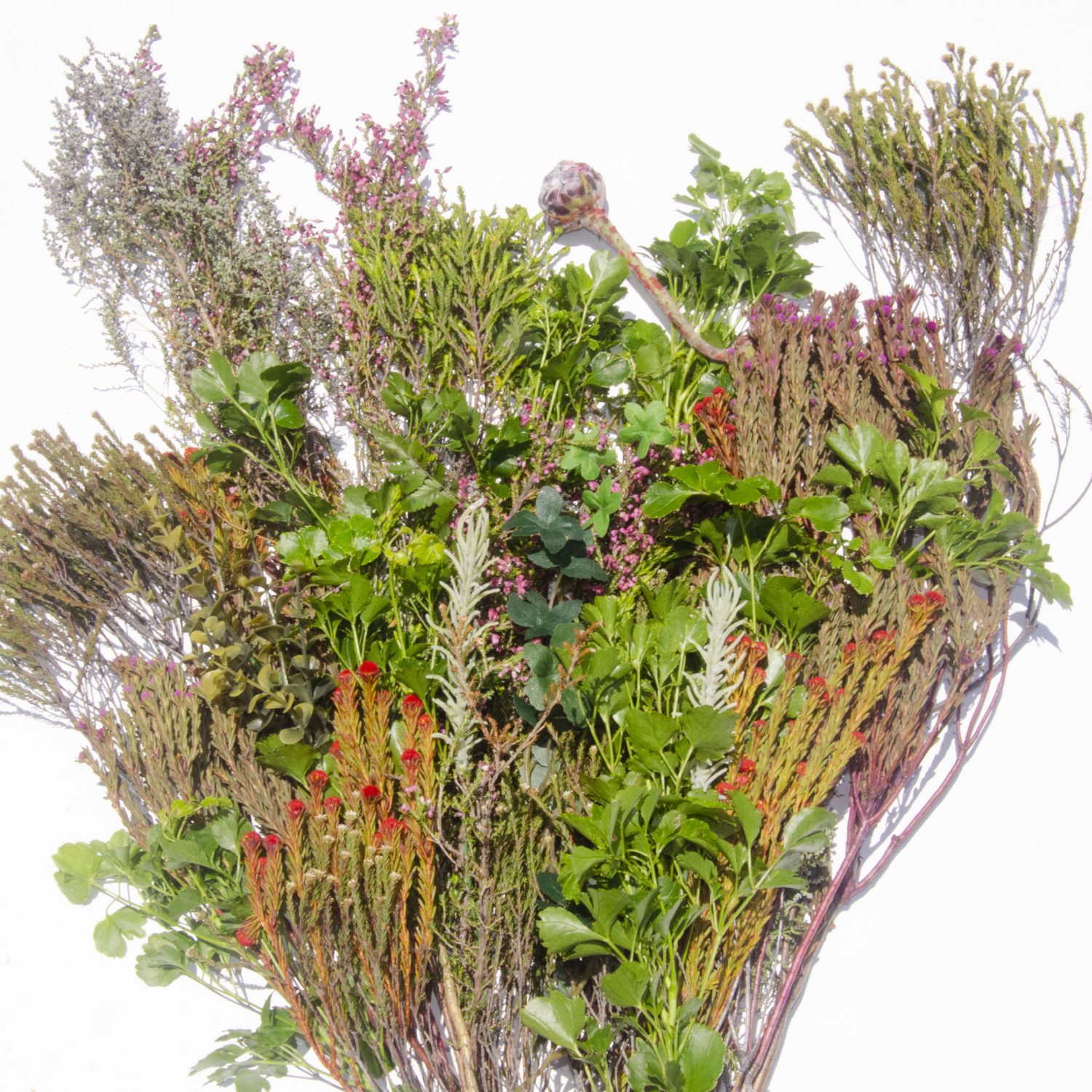

Our final image
In this project, we planned to collaboratively recreate the artwork, “The Scream” by Edvard Munch.
First, we divided up the painting into four pieces.
Then, we went to different parts of the room and livestreamed ourselves drawing our individual parts which, when viewed on the livestream, merged to form the artwork.
Our challenges were mainly in overcoming technical difficulties.
In addition, we were not able to communicate with each other during the performance, only able to take cues from the rest through their actions in their window in the lifestream. Lastly, we had some problems orienting the pieces to align with each other to ultimately piece the image together.
WHICH PROJECT DID YOU FEEL YOU HAD THE MOST CREATIVE CONTROL? WHY?
I feel that the first micro-project was the one with the most creative freedom as the outcome of the project was solely dependent on us, the individual artist.
However, with the other subsequent projects, a big portion of the outcome lied in different actors in the work reacting differently to the parameter in which the artwork was set.
WHICH PROJECT HAD THE MOST UNPREDICTABLE OUTCOME? WHY?
I feel that the second micro-project had the most unpredictable outcome.
Not only were there multiple participants engaging with us to create our artwork but there was almost no communication with us, the creators, and our participants during the duration of the work.
As such, we had no idea what to anticipate from all our anonymous participants.
WHICH PROJECT BEST ILLUSTRATES THE CONCEPTS OF DIWO & OPEN–SOURCE? WHY?
I feel that this third project best illustrates DIWO as we were able to collaborate creatively. our members each bounced off ideas and concepts off each other to create this project. With the other micro-projects, while there may be more people engaging with the work, there is no dialogue between people–people were not able to collaborate and communicate which are integral concepts in DIWO.
On the other hand, I feel that our second project best illustrates OPEN-SOURCING as we were able to engage a large group of people to contribute creatively to our virtual space–Google Sheets. While there may not be communication and collaboration as seen with our micro-project 3, there were certainly more people that contributed more to create the outcome of the work.
